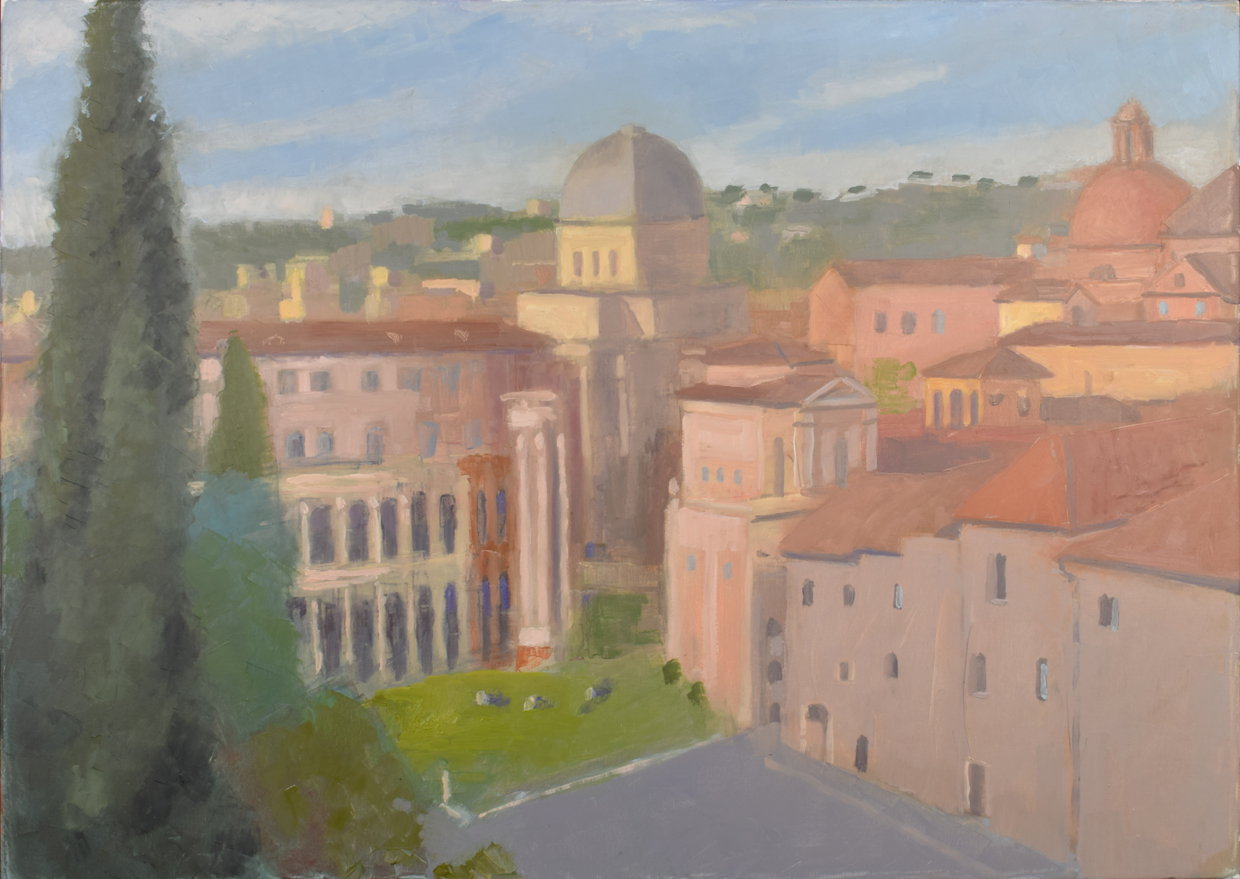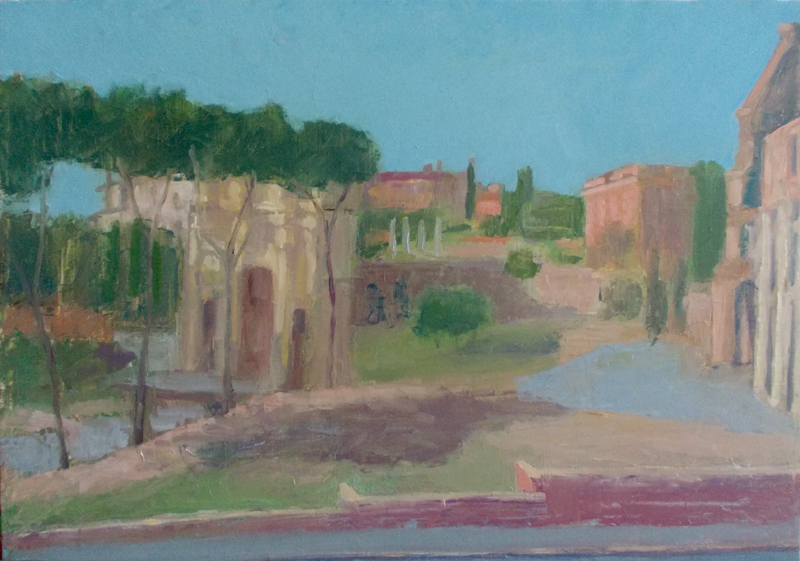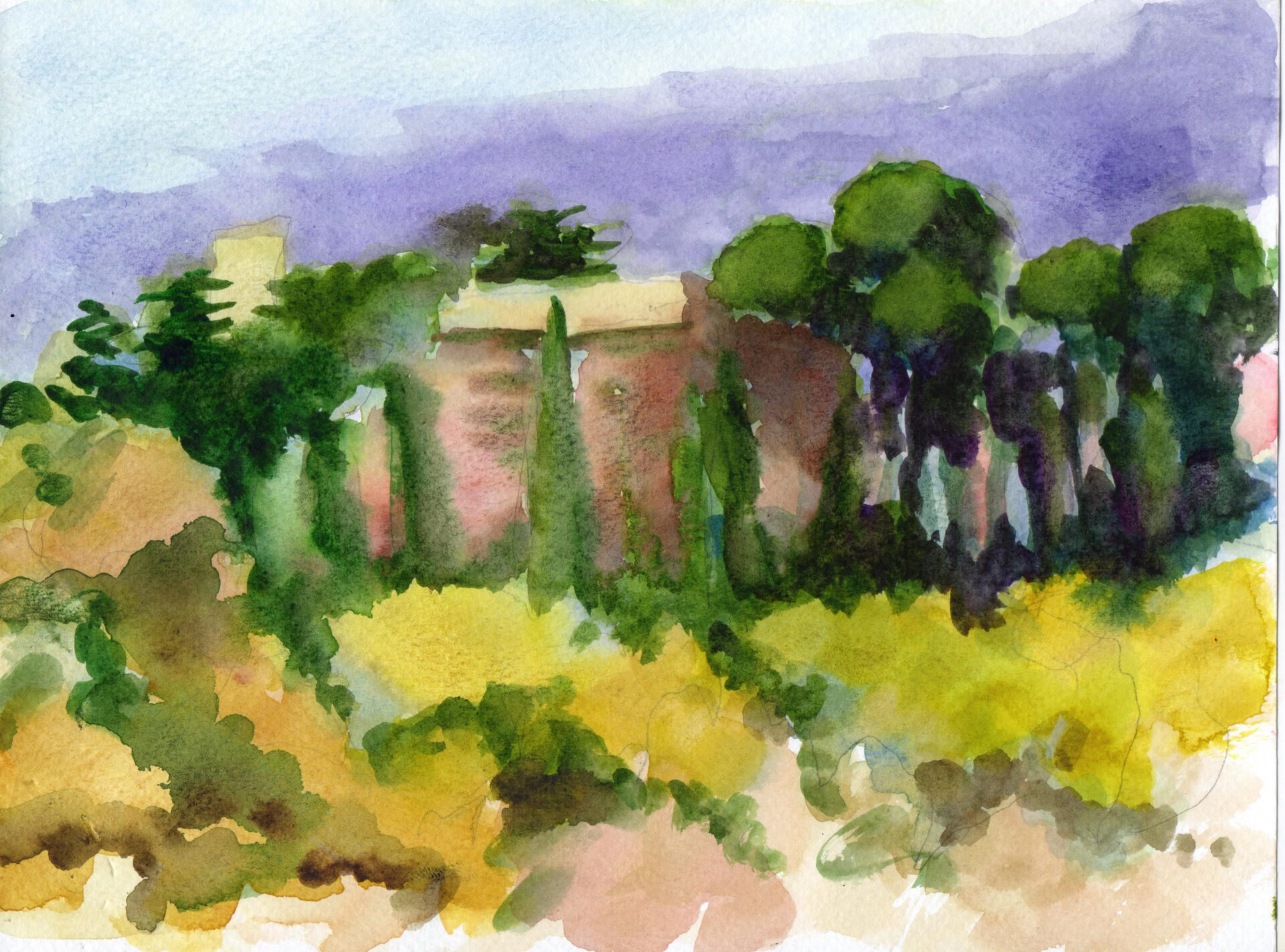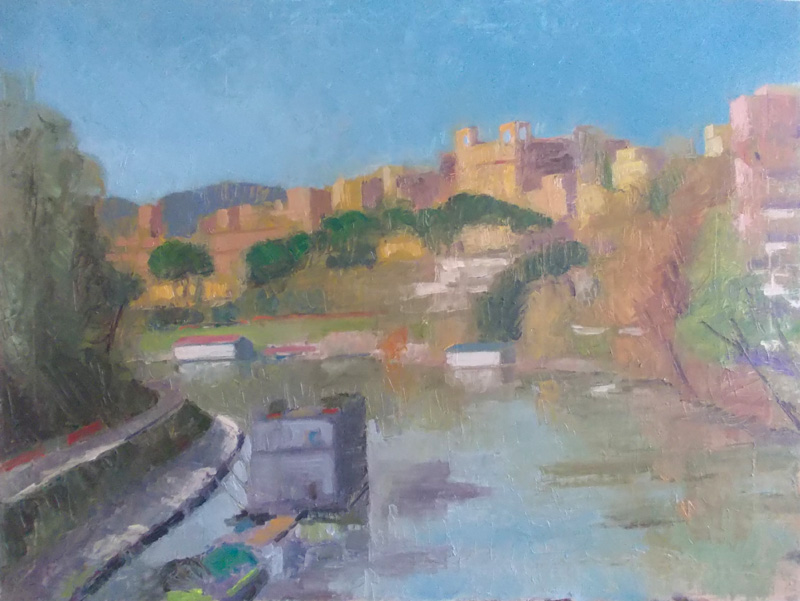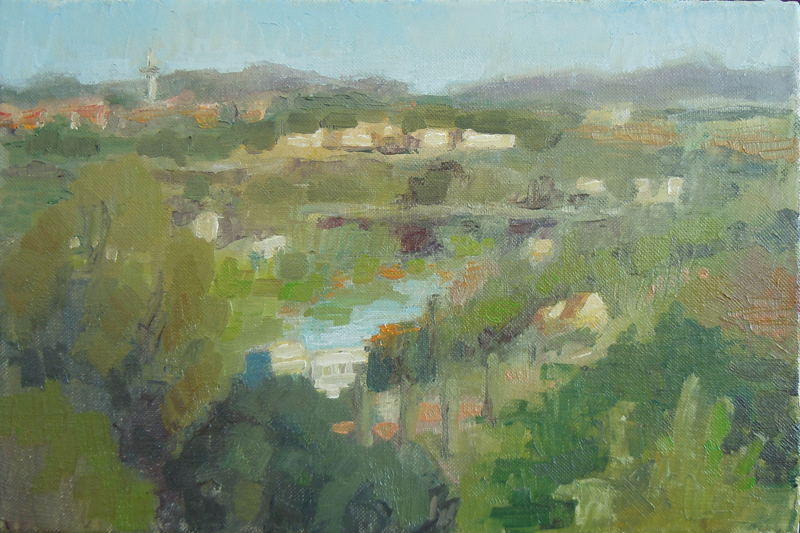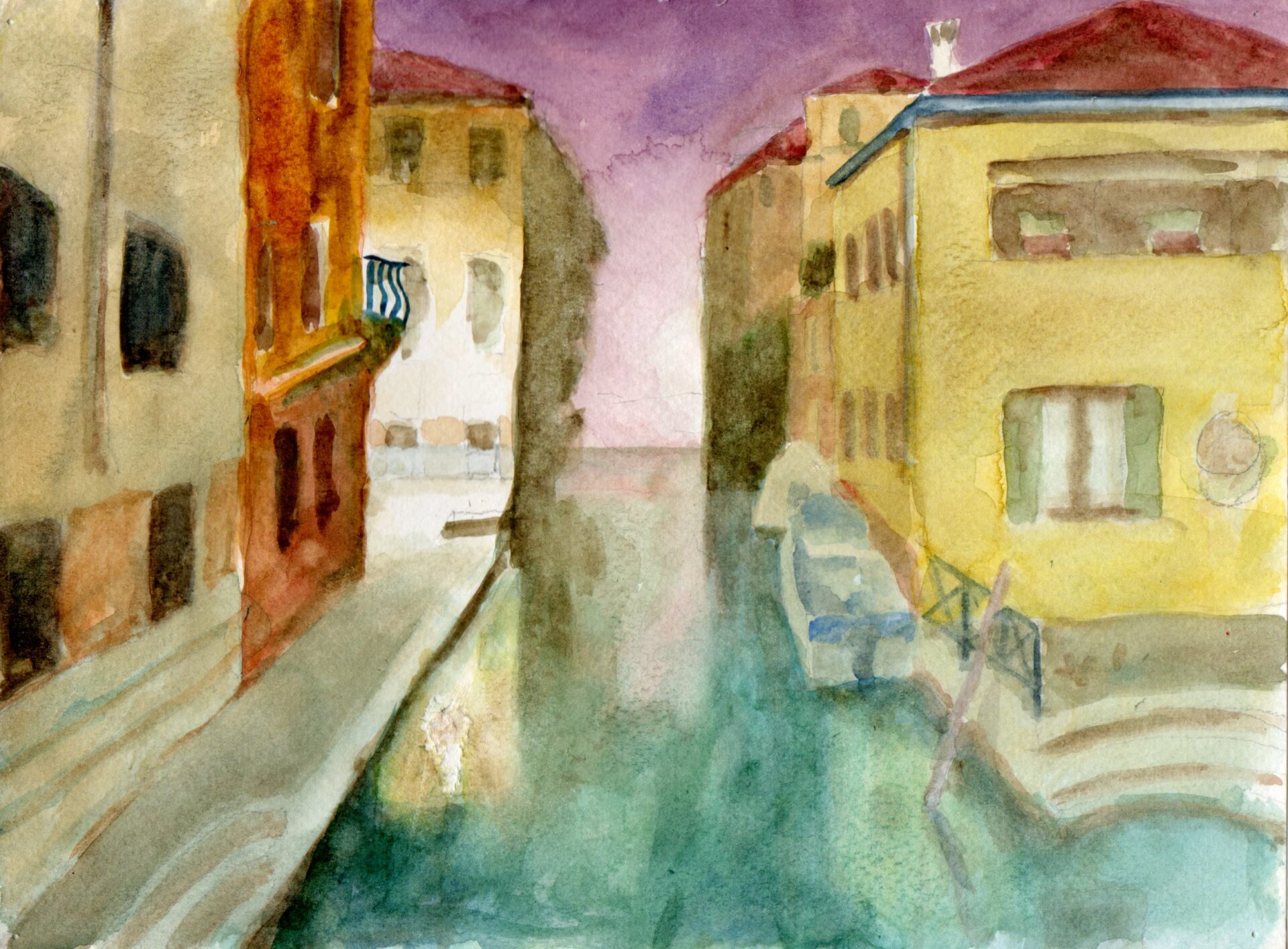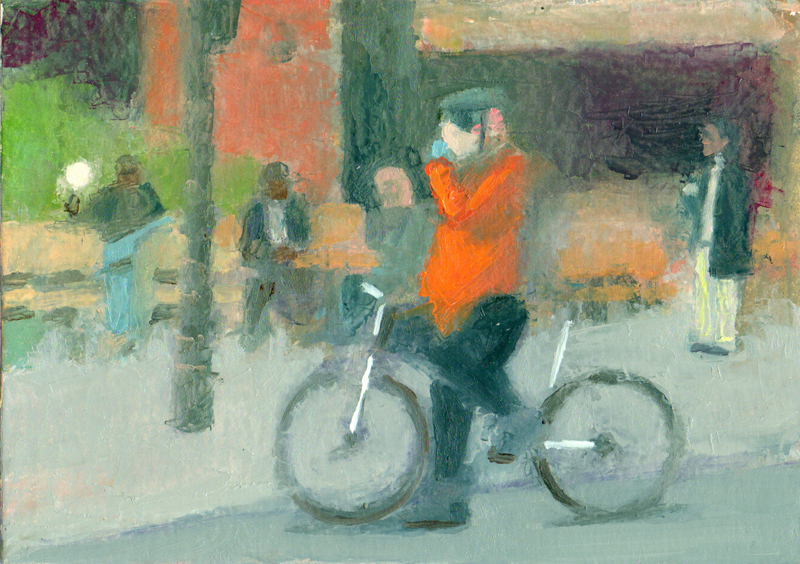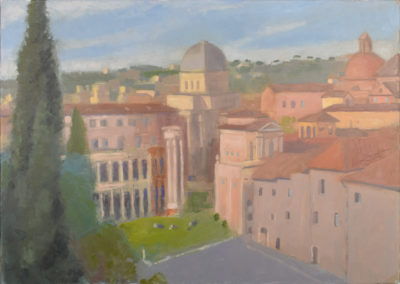
I can’t complete my discussion about emotion and painting without identifying the underlying causes. In this case, what is the cause of the emotion? For the analysis of this question, I will rely on the four causes of Aristotelian thought; specifically the causa efficiens and the causa formalis.
The attributes of the causa efficiens are attached to what the artist encounters and is confronted with, in either direct visual perception or in the artist’s imagination. This encounter causes the potential for painting. We can think of this simply by the ‘sensation’ of either starting, modifying or finishing a painting or the ‘spirit’ that moves one to paint. It is the conscious perception of ‘otherness’ – the beginning of objectivity.
The attributes of the causa formalis come through the artist’s agency in a visible form which can be simplified by thinking of ‘emotion’ or ‘feeling’. This cause is initiated by the causa efficiens which is the content of sensibility rising to the surface to become experience. Emotion is the manifestation of this experience.
Using an example, I can see the apple which I am painting. I analyze the local colour that I perceive with my eyes and mix and apply a colour from my palette to the surface of the painting. All of this can be done using exclusively the causa efficiens by concentrating on the sheer perceptual sensations. But when I ‘see’ that the painted surface harmonizes with my inner eye, in other words, I am satisfied in some way with the relationship between the real object, what I have created in paint and my inner imagination about the object, I experience an emotion or feeling. It is through the realm of the causa formalis that I encounter the emotion of joy.
